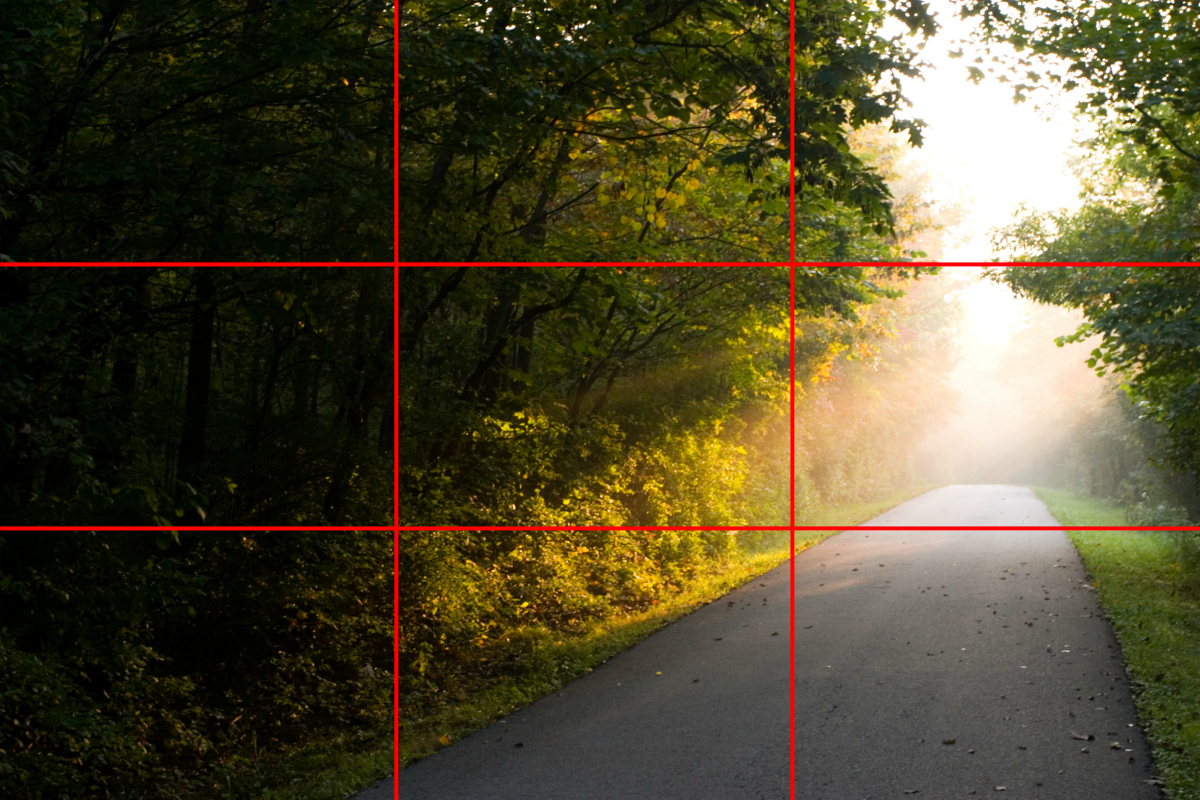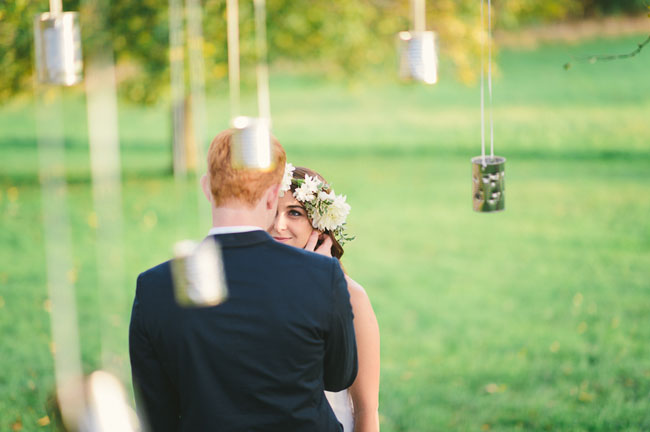Blog
4 Basic rules of a brilliant shot
Nobody knows the secret of a masterpiece, yet there are still tips which will help you to get closer to it. Having followed the main principles of composition, any photographer is capable of capturing a beautiful photo.

Nobody knows the secret of a masterpiece, yet there are still tips which will help you to get closer to it. Having followed the main principles of composition, any photographer is capable of capturing a beautiful photo. Wedding-retouching requires observing 10 tips basic rules which will let you improve your shooting skills.
The Rule of Thirds

It is likely to be one of the most popular principles of balance and composition. This photography technique is the first lesson that beginning digital photographers learn about in schools of photo art and techniques. Everybody considers it to be the basis for harmonic and striking shots.
What does it consist of? The thing you should do is to draw 4 lines in your imagination by dividing a shot horizontally and vertically into thirds, you should get 9 equal parts. Do remember this rule while retouching your pictures later on. Nowadays many editing tools have great tools for cropping and reframing images in order for them to follow this concept. If you do it for the first time, toy around with your previous photos to understand what changes it might have on your shots. Place the important parts of composition along lines, and the most prominent objects on their crossing.
Framing technique

Usually people put their pictures into frames so the audience will pay attention to their favorite images - but we will discuss another kind framing that photographers can do while shooting which has the same purpose. This is a concept of drawing attention to the main subject of the photo by blocking other parts of the picture with something in the scene.
In other words, this principle has a lot of merits. It gives some context to your shots, as well as a sense of depth and layers, and, above all, framing arouses the viewers' interest in your work. Smart faming will let your audience turn on their imagination and think about what is behind the photographer’s frame.
There are a many ways to do it. For example, you may shoot through doorways or windows, through tunnels or branches, or by using people taking shots between their hands or over their shoulders. Wedding photography edit singles out 3 main types of framing the pictures, namely architectural elements (such as archways, mirrors, etc.), environmental or natural elements (such as trees, grasses, flowers, bushes, etc.), and light/shadow. Also your framing can be both blurred and in focus. Definitely, there are many other ways to frame your shots, everything depends on your imagination.
Make your subject move

Some may find it funny to speak about motion in digital photography, because the main purpose of shooting is to stop the movement by capturing the moment for a second. So, the question has arisen: How can you make motion in a still photo?
If you take a picture of your object while they are moving, leave a free space - so your photo will look more dynamic. You may use a slower shutter speed, decrease your ISO, try a neutral density filter, and try a panning technique. This effect can be used not only in sport photography, additionally, you may use it when capturing towns, people, nature and so on.
Guiding lines

The lines showing direction play an important role in composition and can serve different purposes. They can be a photo composition themselves, or can direct the viewer's view to the main object of the shot, thus emphasizing it. These lines can be obviously shown, for example, the horizon, the road, the fencing, the rivers, etc., and the imaginary lines which don't exist in reality, but they can be received, having mentally connected some of the objects of composition.
From the main kinds of lines it is possible to allocate horizontal, vertical, diagonal, curved and S-shaped ones. Horizontal lines are met in photos more often than others and give them a feeling of balance and tranquility. Vertical lines show a feeling of stability and height, and horizontal ones help to divide a picture into parts.
Additionally, using dynamic, diagonal lines can also give a picture spatial depth and direct the viewer's sight onto objects in the depth of a shot. S-shaped lines have smooth natural bends which make a picture interesting and comforting.
We consider these tips to be extremely great for those who are just starting a wedding photography business. Take this information into consideration to create your own masterpieces. We are waiting for your comments and links to your examples. More information about FixThePhoto photography wedding photography post processing services.
You are welcome to post your comments.
Post comment via your Facebook account
YOU MAY ALSO LIKE:

 What do the getting ready wedding photos holds?
What do the getting ready wedding photos holds?  How To Add Presets To Lightroom – Easy And Fast
How To Add Presets To Lightroom – Easy And Fast  Collection of must-have poses for weddings
Collection of must-have poses for weddings  Eco Friendly Wedding – The Power of Zero-Waste Weddings
Eco Friendly Wedding – The Power of Zero-Waste Weddings 

